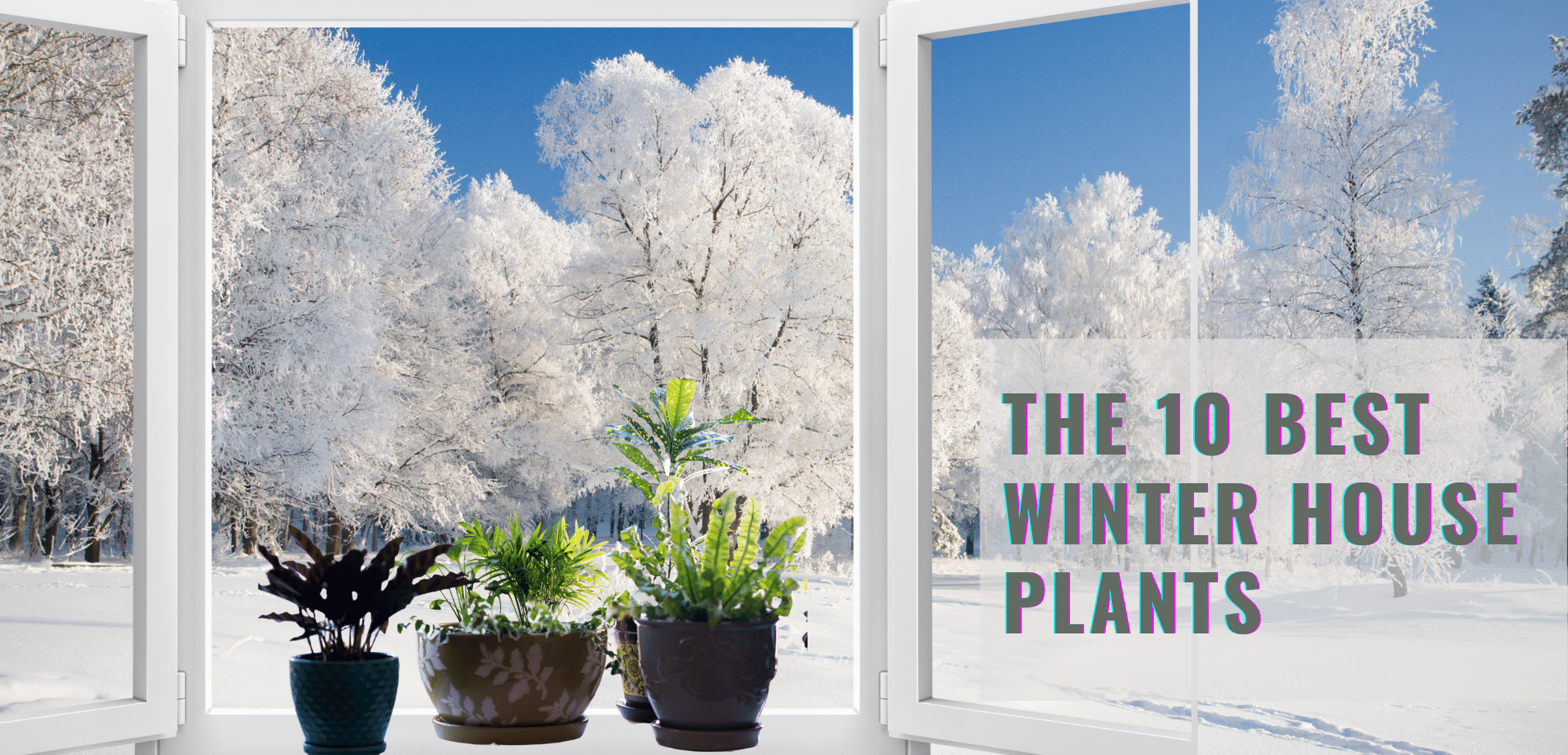
Houseplants, especially in the cooler months, may radically alter and illuminate a space. Overwatering is a typical concern with houseplants, especially during the winter months when less water is necessary. It’s vital to apply less fertilizer in the winter, when many plants are resting, because many plants develop more slowly in the winter and require less nutrients to keep them supplied. As a general guideline, reduce the frequency of feeding by half throughout the winter for both indoor and outdoor plants.
During the winter months, it is important to arrange the plants in the greatest possible light. All of the plants that only get morning light should be moved to a brighter location. Place them near a window where the sun will shine through in the afternoon. Place them away from windows and entrances; houseplants, like us, despise drafts, especially chilly ones.
We’ve compiled a list of the Top 10 Winter House Plants for you:
1. Fiddle-Leaf Fig
This ultra-trendy indoor tree prefers ambient temperatures of 18 to 25 degrees and bright to medium light exposure. Between watering, the soil’s surface should dry out gradually, and if it begins to seem pit-pale, relocate it to a less bright location.
2. Rubber Plant
This easy-to-grow indoor houseplant will grow to be a two-and-a-half-meter tall tree that will provide a splash of green to any room. If you don’t have enough room in your home for a tree, trim the long stems on a regular basis. Allow the tree’s soil surface to dry out between watering. It thrives under a wide range of lighting situations, from dim to bright, and at temperatures ranging from 15 to 26 degrees.
3. Polyanthus
Polyanthus thrive in the indoors and come in a range of colors, so your home will seem vibrant and alive even in the dead of winter! This plant needs to be kept wet to flourish, so be sure you water it on a regular basis.
4. Cacti
Cacti are one of the most cold-tolerant plants you can cultivate inside. They’re so drought-tolerant that once a month irrigation is typically plenty. They’re also air plants, which means they don’t require soil to thrive, allowing them to be housed in large glass bulbs hung from the ceiling or shallow ceramic trays put on tabletops as aesthetic accents.
5. Snake Plant
Snake plants thrive in neglect and require very little water and sunlight, making them the ideal winter or year-round companion for those with less-than-perfect green thumbs. It will grow if you keep it in your bedroom with low light and simply water it once in a while.
6. Watermelon Peperomia
The Watermelon Peperomia derives its name from its glossy silver and green stripes on its leaves, which resemble those of a watermelon. The circular leaves of this lovely plant have pointy ends and are about four inches long and three inches broad. The Peperomia, like other of the best winter indoor plants, is incredibly easy to care for and thrive. It thrives in bright, indirect light and only need water when completely dry.
7. Anthurium
The anthurium is a simple plant to cultivate. It takes very little maintenance, whether it’s inside or outside if you live in a warm environment. It thrives in a west- or east-facing window or in bright, indirect light, and has to be watered once the top two inches of soil are dry.
8. Ficus
Possessing a ficus plant is similar to having your own own forest. It’s a tree that can be used indoors! They keep their tree-like shape regardless of size, so they’re equally at home as a miniature bonsai on a table or a large houseplant on the floor. Make sure to read up on how to care for your ficus, since it is a little more high-maintenance than some of the other plants on our list.
9. White Christmas Cactus
The Schlumbergera cactus (also known as the Christmas or holiday cactus) is one of the few winter-blooming houseplants, blooming between November and January. The blooms are these gem-colored fluffy bells, with buds that appear like decorations. They prefer to be shielded from direct sunshine, which we get in the winter.
10. Poinsettia
You may be familiar with the poinsettia as the “Christmas Flower.” This time of year, the low-maintenance Poinsettia is popular, and it’s often used in Christmas floral arrangements. This plant, sometimes known as the “Mexican flame leaf,” is native to Mexico and makes a bold statement with its brilliant red leaves. The bract will keep its color for up to two months after the bloom has dropped
